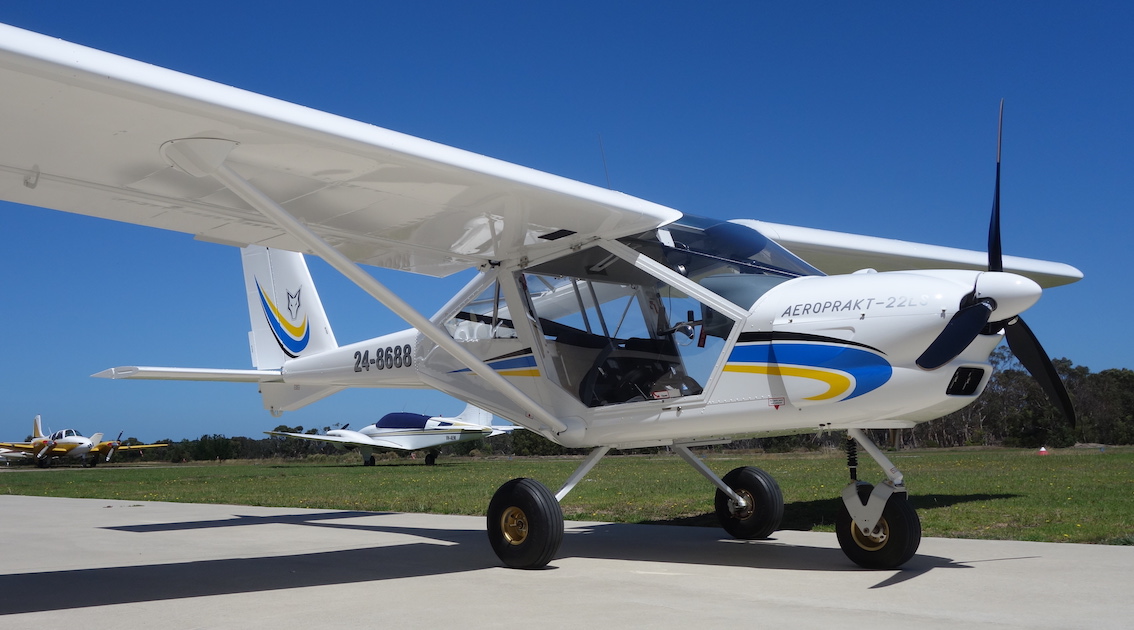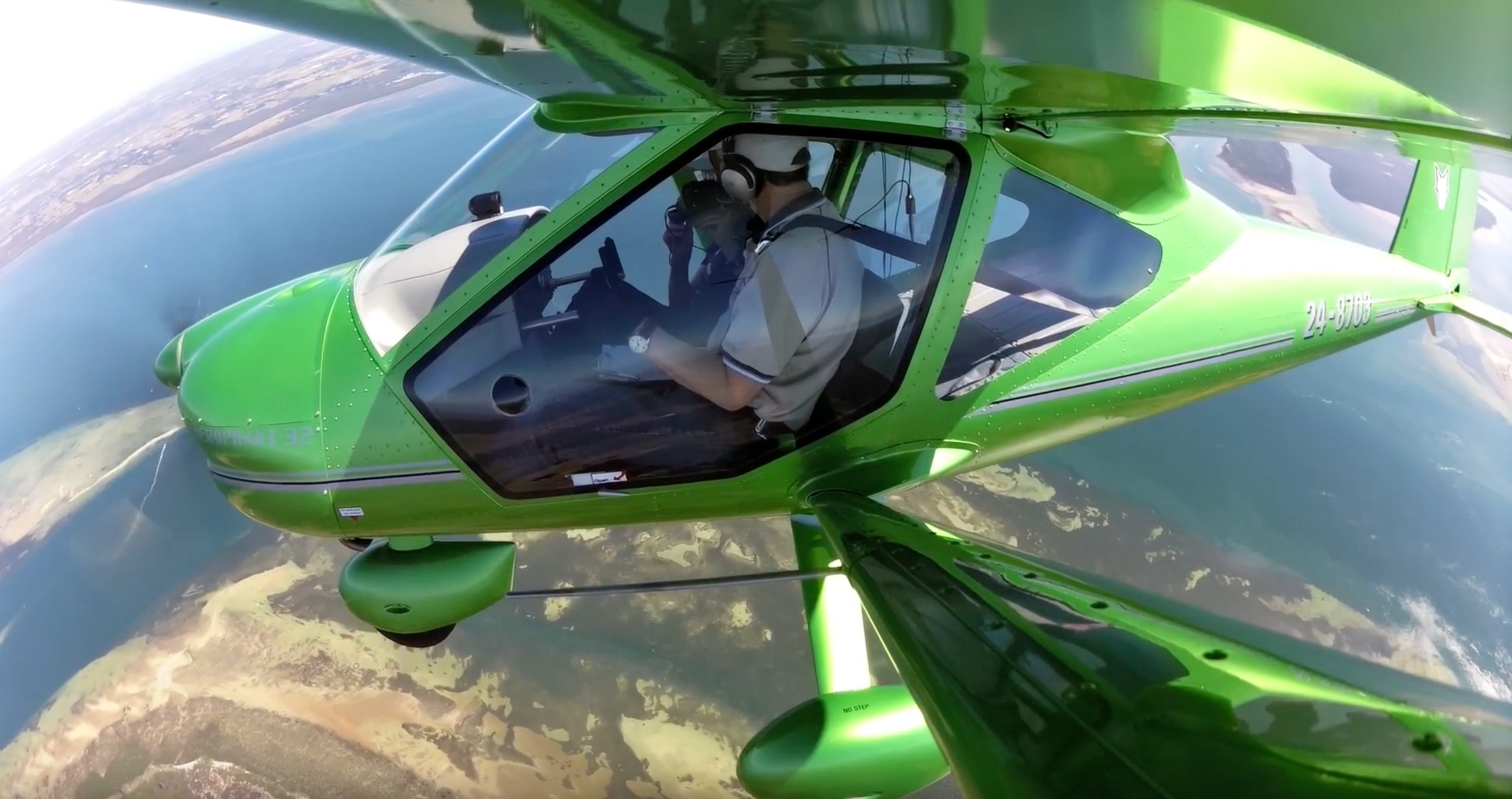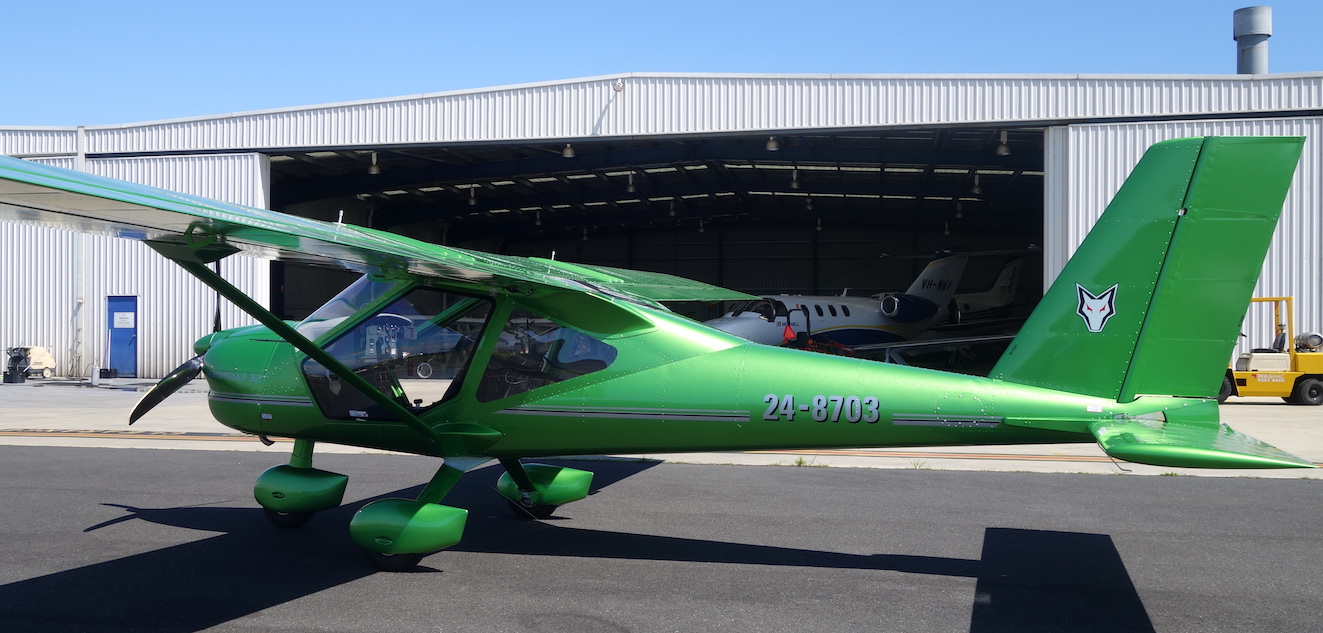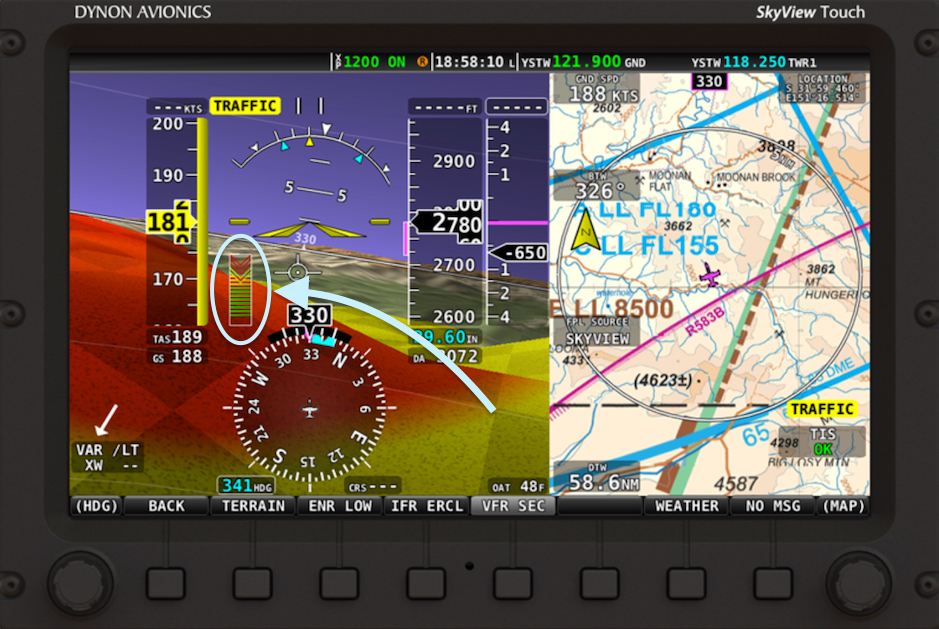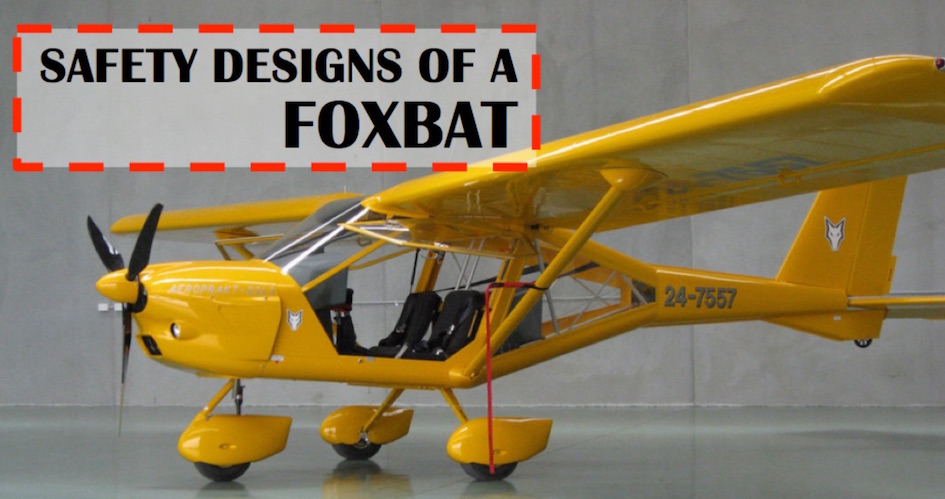 The subject of this item is engine failures, but first up – sorry for the long delay since the last post. I have been moving home and this, together with internet connection issues conspired to keep me offline for a while.
The subject of this item is engine failures, but first up – sorry for the long delay since the last post. I have been moving home and this, together with internet connection issues conspired to keep me offline for a while.
Engine failures are thankfully very rare. Which makes it all the more important to plan and prepare for what you’ll do if you experience one. It’s not just a matter of keeping an eye open for a suitable paddock or field!
AOPA has released an excellent video covering the topic – ‘From Trouble to Touchdown‘ – which you can watch by clicking on the picture above. This is an excellent 10-minute summary of what is a complex subject, handling everything from pre-flight inspections to minimise the chance of a failure, through engine failures on take-off, to tips for making it safely on to the ground.
Here’s what I personally noted after watching the video:
– above all else, fly the plane!
– know your glide times and distances from different heights
– try restarts by checking fuel, air and ignition
– make sure the throttle is closed before landing to stop sudden unexpected power surges
– don’t try to ‘stretch’ the glide or you’ll probably stall
– try to put something soft between you and the instrument panel before landing
– don’t change fuel tanks after the engine run up, and
– last but not least, prepare for the ‘impossible turn’ back to the runway: know your minimum heights at different take-off weights and density altitudes
As a guide, when considering a turn back in the A22LS Foxbat or A32 Vixxen, never try it below 500 feet above ground level – more if the temperature and density altitude are high. If you’re light and cool, you might just make it below that altitude but it’s a much better bet to land ahead 30 degrees either side of the centre line if you’re below 500 feet when the engine stops.
To conclude; I have only experienced one engine failure in my flying life and that was many years ago in my very first (kit-built) long-wing Foxbat at a regional Queensland airfield. The engine stopped after take-off at about 400 feet above the ground. I had a passenger with me, who was videoing his flight. I remember the engine winding down and the prop stopping with one vertical blade clearly visible in front of me; the engine had seized. There wasn’t much to go for ahead of me, mainly trees and the outskirts of the local town, so I opted for a turn back. The original long-winged A22 has a prodigious glide capability, so as I began the turn I called an emergency on the airfield frequency. I kept the turn at about 30-40 degrees and 55 knots and the aircraft landed beautifully and rolled to a stop at almost exactly the same spot from which I’d just started my take-off. An oil line had separated from the cooler and the engine had neatly pumped all the oil into the reservoir, which was strange, because I’d flown about 90 minutes from my home base to get there earlier in the day. The engine had to be completely re-built and as far as I know, is still flying to this day.
So, be prepared! An engine failure probably won’t happen but have your plans clear in case it does.

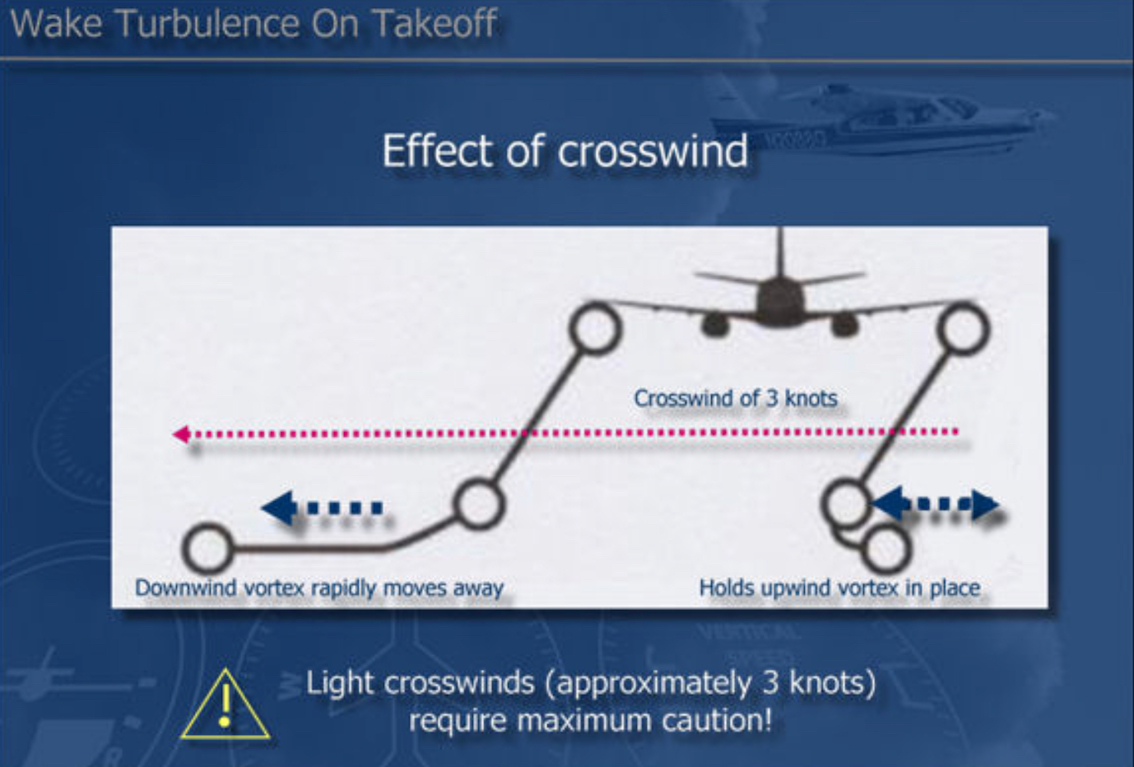
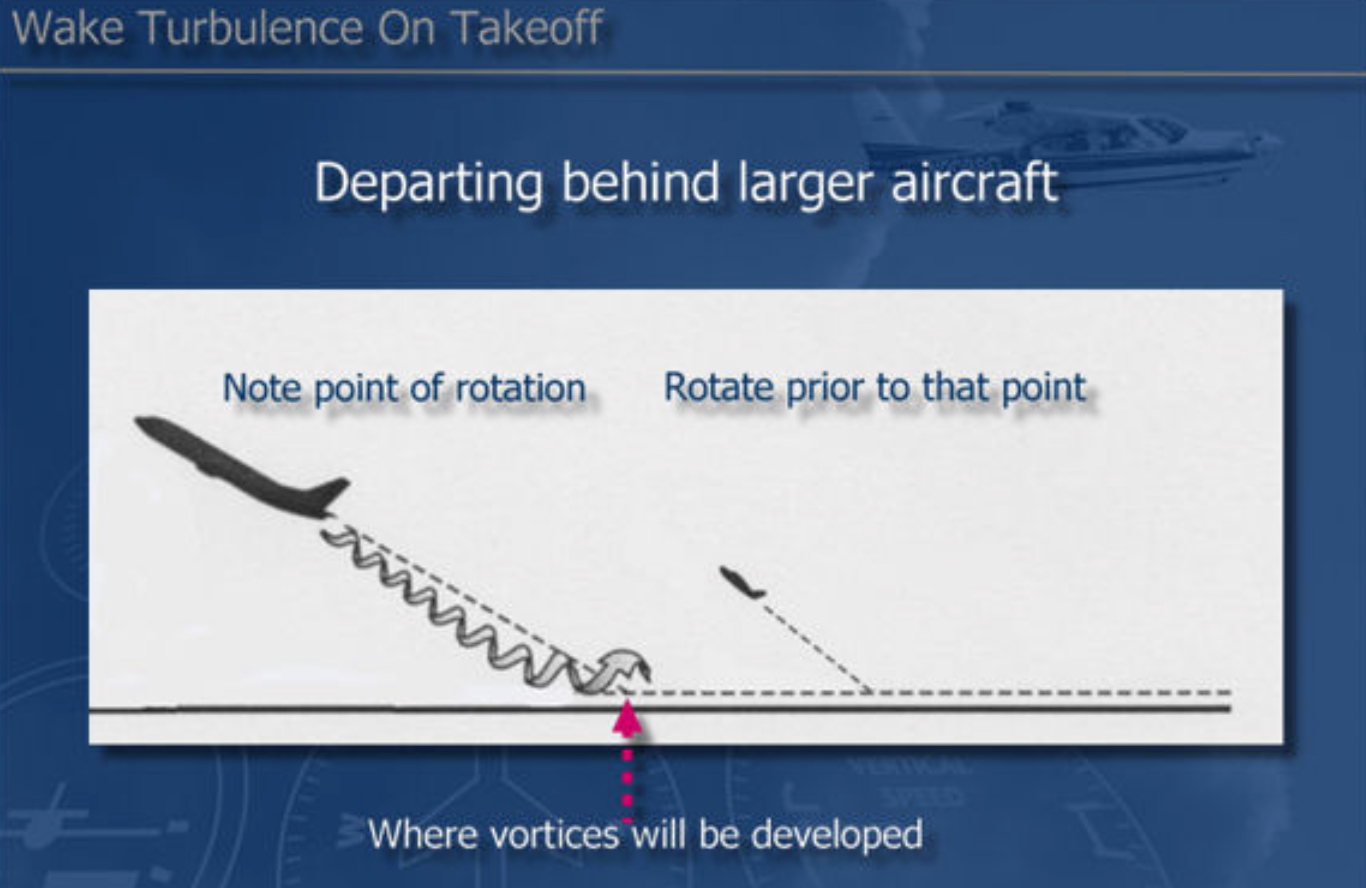
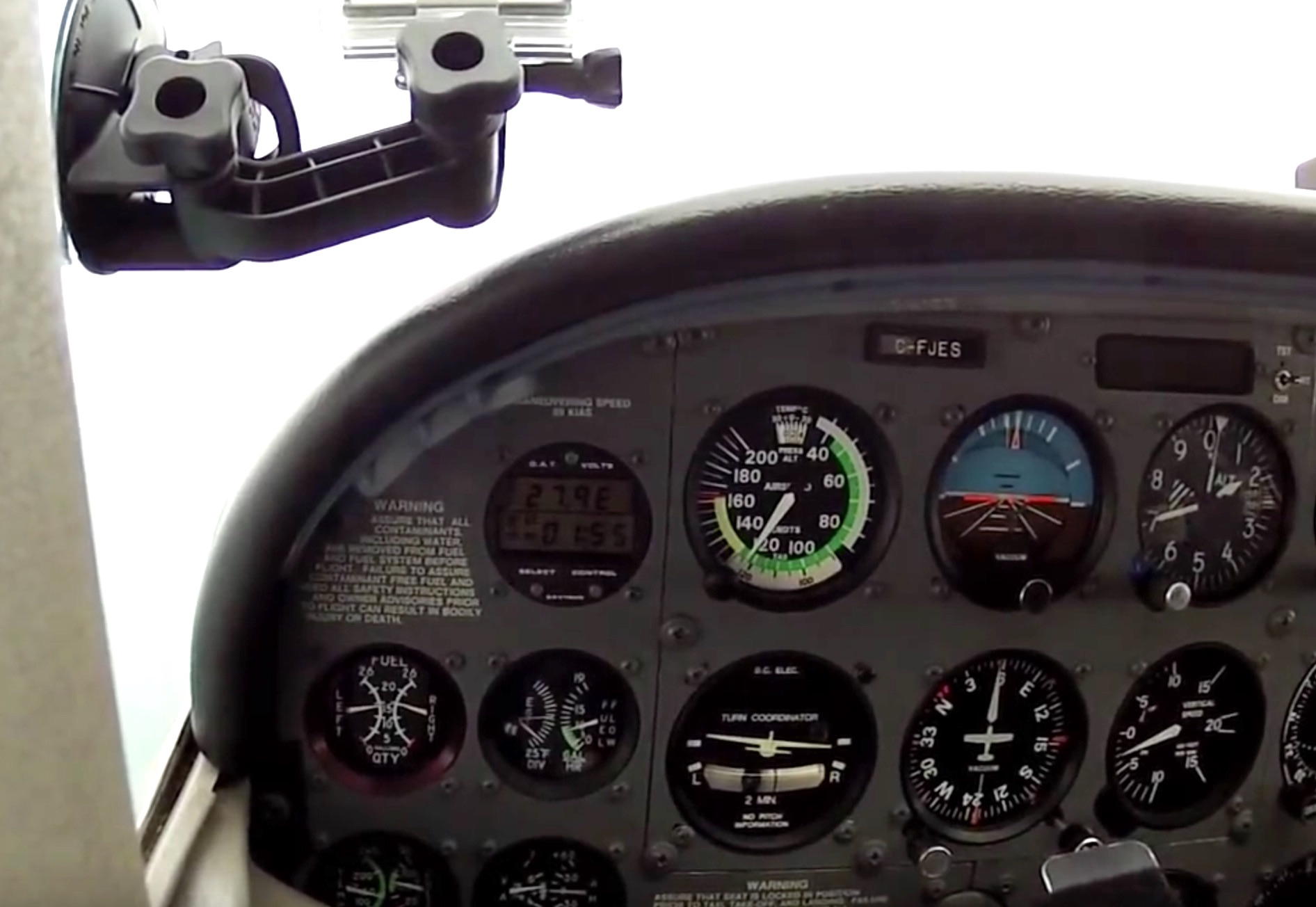 ‘
‘
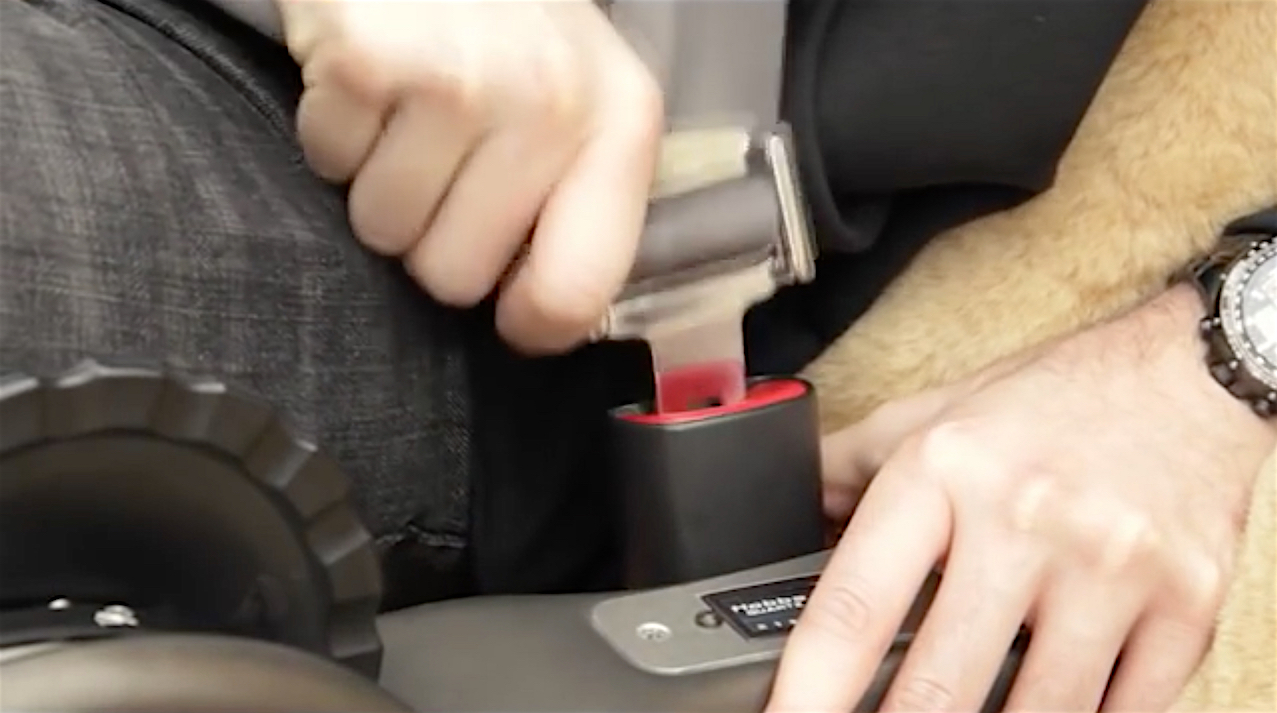 Accidents in Light Sport Aircraft are a relatively rare occurrence. As a result, pilots can be lulled into thinking that the pre-flight passenger safety briefing is a bit of a chore and perhaps not really essential. However, accidents do happen and sometimes a little information for your passenger(s) can make a big difference to their and possibly your own survival.
Accidents in Light Sport Aircraft are a relatively rare occurrence. As a result, pilots can be lulled into thinking that the pre-flight passenger safety briefing is a bit of a chore and perhaps not really essential. However, accidents do happen and sometimes a little information for your passenger(s) can make a big difference to their and possibly your own survival.
